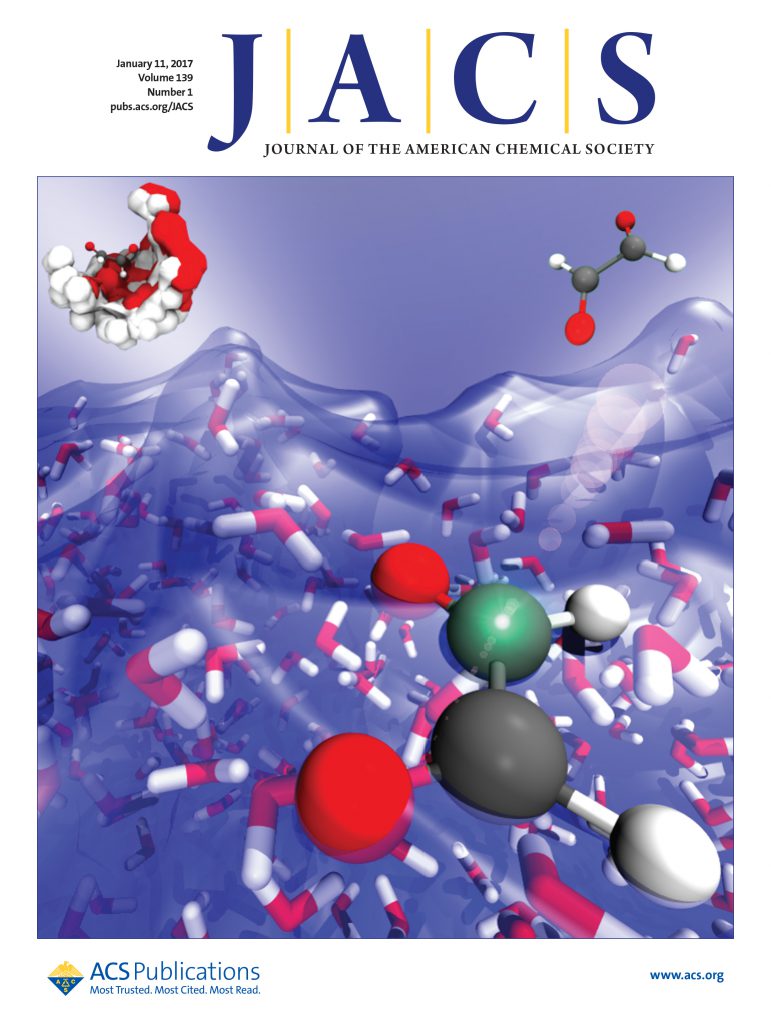Spontaneous Exciton Dissociation in Sc-Doped Rutile TiO2 for Photocatalytic Overall Water Splitting with an Apparent Quantum Yield of 30%
IF 14.4
1区 化学
Q1 CHEMISTRY, MULTIDISCIPLINARY
引用次数: 0
Abstract
Achieving high-efficiency photocatalytic overall water splitting with earth-abundant materials like TiO2 under ambient conditions is a compelling renewable energy solution. However, this remains challenging due to both the presence of rich deep-level defects and lack of strong driving force in particulate photocatalysts, limiting the separation of photogenerated charges. Here, we developed a scandium (Sc)-doped rutile TiO2 with fully passivated detrimental Ti3+ defects and very strong built-in electric field arising from engineered (101)/(110) facet junctions. The Sc3+ doping enables a much lower exciton binding energy of 8.2 meV (28.6 meV for undoping) than room-temperature thermal fluctuation energy, indicating spontaneous exciton dissociation. These features enable the photogenerated electrons and holes to selectively transfer to the (110) and (101) facets, respectively. The resulting Sc-doped TiO2 with cocatalyst delivers photocatalytic overall water splitting with an apparent quantum yield of 30.3% at 360 nm and a solar-to-hydrogen conversion efficiency of 0.34%, representing the highest values reported for TiO2-based photocatalysts under ambient conditions.

求助全文
约1分钟内获得全文
求助全文
来源期刊
CiteScore
24.40
自引率
6.00%
发文量
2398
审稿时长
1.6 months
期刊介绍:
The flagship journal of the American Chemical Society, known as the Journal of the American Chemical Society (JACS), has been a prestigious publication since its establishment in 1879. It holds a preeminent position in the field of chemistry and related interdisciplinary sciences. JACS is committed to disseminating cutting-edge research papers, covering a wide range of topics, and encompasses approximately 19,000 pages of Articles, Communications, and Perspectives annually. With a weekly publication frequency, JACS plays a vital role in advancing the field of chemistry by providing essential research.

 求助内容:
求助内容: 应助结果提醒方式:
应助结果提醒方式:


